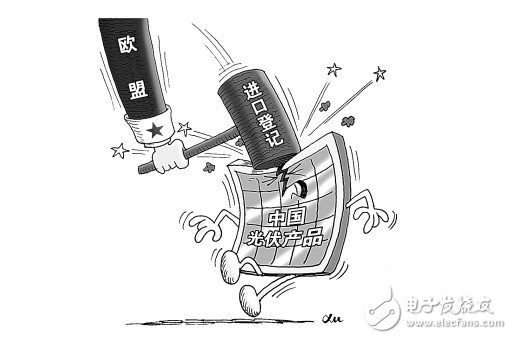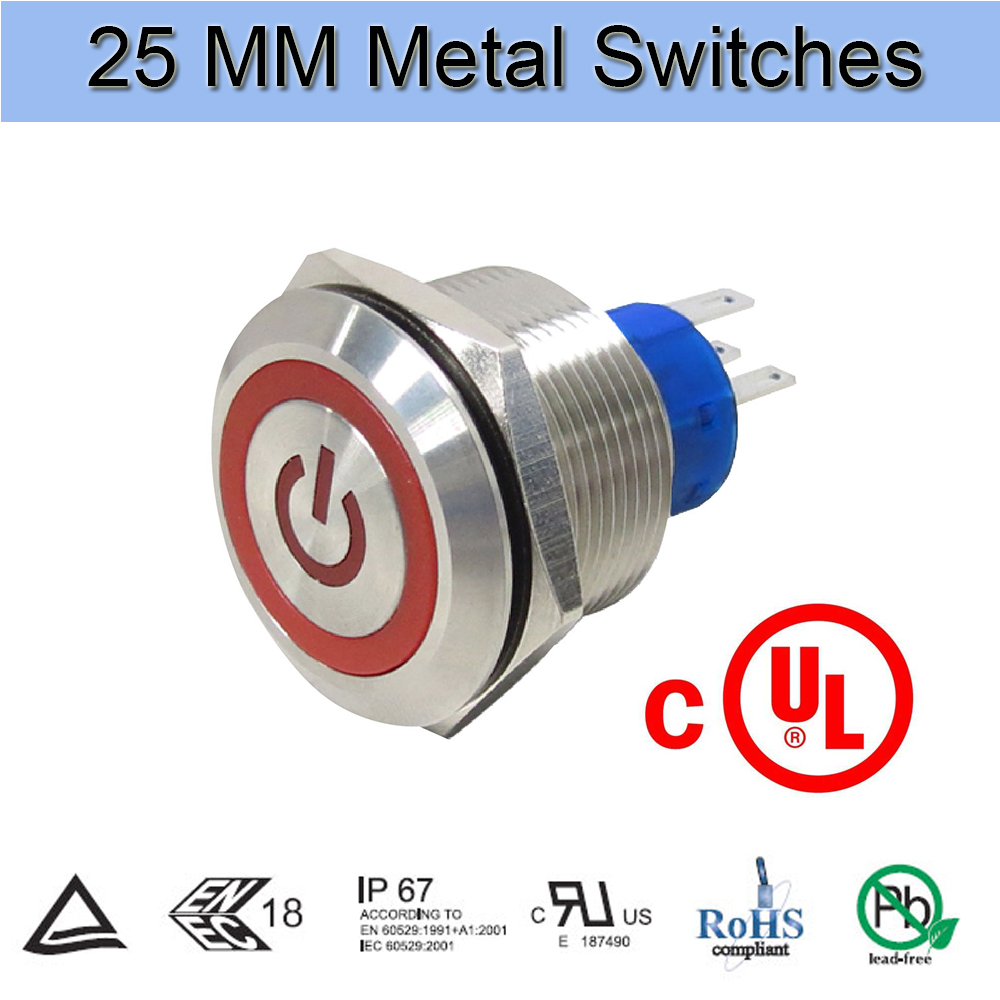A few days ago, Chong Quan, deputy representative of the International Trade Negotiations of the Ministry of Commerce, replied to the EU's investigation of the “dual-reverse†investigation of photovoltaic products in China. The amount and impact of this double-reverse investigation are unprecedented. According to preliminary estimates, photovoltaic cell products involve more than US $ 20 billion in exports from Chinese companies, accounting for more than 70% of the amount involved in the EU trade remedy investigation case against China in 2012.
What is the reason for such a huge amount of "double opposition" cases? Influence geometry?

Who caused the trouble ?
On March 5, 2013, the European Union issued an announcement saying that it will implement import registration for photovoltaic products produced in China from the 6th, which means that a retroactive period for the payment of punitive tariffs on imported Chinese photovoltaic products may be established, which may trigger European Photovoltaic importers panickedly rejected Chinese photovoltaic products. In addition, the announcement also stated that the European Commission ’s investigation team had initially proved that Chinese photovoltaic products had dumped and subsidized the EU market.
The incident started in July 2012. 25 EU photovoltaic companies led by German company Solar World submitted an application to the European Commission, requesting the European Commission to conduct antitrust, anti-dumping and anti-subsidy investigations on photovoltaic products imported from China.
Two months later, on September 6, the European Commission announced that it would conduct an anti-dumping investigation on photovoltaic products imported from China; four months later, on November 8, the European Commission announced the launch of an anti-subsidy investigation. So far, in the EU market, the anti-dumping and anti-subsidy anti-dumping measures have been combined, and Chinese photovoltaic companies have encountered unprecedented resistance.
Attentive people may find that Solar World, which took the lead in the EU market to "chase things" against Chinese photovoltaic companies, is the same German photovoltaic company that hit China in the US market two and a half years ago. In October 2011, it was the seven companies headed by it that jointly submitted to the US government an application for a "dual-reverse" investigation of Chinese photovoltaic products exported to the United States.
After that, in May 2012, the United States decided to impose a punitive tariff of more than 30% on Chinese photovoltaic cells exported to the United States. Chinese companies that had a cost advantage of 20% to 30% were hit hard. Nearly 60%. Solar World undoubtedly tasted the sweetness in this incident. In July 2012, it immediately united with 25 EU photovoltaic companies to launch a “dual-reverse†investigation application against Chinese photovoltaic companies in the EU market.
It is also worth noting that, compared with the US "dual reversal", the European Union's investigation involves a wider scope and a larger amount of money. According to the investigation procedure, the European Commission will announce the preliminary ruling on the dumping case around June 5 this year, the preliminary ruling on the subsidy case around August 7 and this on December 5-7 this year. The final verdict of two cases. Industry insiders said that it is difficult to determine the outcome of the ruling at present, which depends on the consultation process between China and the EU officials and the business community.
Who will benefit from it?
Statistics show that in 2011, the total shipments of Chinese photovoltaic companies accounted for about 15% of the US market and about 75% of the EU market. It is self-evident how important the EU market is to Chinese photovoltaic companies.
However, their European counterparts will certainly not think so. The competitive advantage of Chinese manufacturing has made Chinese photovoltaic products occupy more than 60% of the European market. Some European companies have been competing, and they have begun to blame Chinese companies. In fact, as early as 2009, due to the impact of the international financial crisis, the growth of the global photovoltaic market slowed down, and some companies once proposed to the EU to conduct trade barrier investigations, but the European Commission ignored it. In 2010, due to the optimistic market conditions, the business conditions of the enterprises are good, so they are safe.
But by 2011, the industry situation had changed, and Solar World ’s losses in 2011 alone amounted to 299 million euros. At the same time, as the European debt crisis deepened, Germany, Spain, Italy and other countries had to issue a series of bills to reduce subsidies in the photovoltaic industry. Some European companies competing with China in the same industry in the industrial chain began to repeat their tricks. They first initiated a “double anti†investigation application in the United States, and then succeeded in turning to Europe.
In fact, if you look at the entire photovoltaic industry chain, the companies in both China and Europe are more upstream and downstream. Chong Quan said that the advantages of China's industry are in the production of battery modules and panels, but most of the raw materials, equipment and production technology required for production are imported from countries such as the European Union. China has cumulatively imported nearly 40 billion yuan of photovoltaic product manufacturing equipment from overseas, a considerable portion of which comes from the European Union.
At the same time, trade frictions will cost Europe a lot of jobs. A Swiss independent research institute recently released a report: If the EU imposes punitive tariffs on China's photovoltaic products, the EU will lose 242,000 jobs, of which Germany is the hardest hit, and may lose about 85,000 jobs in three years. The maximum number of new jobs that EU photovoltaic manufacturers may create will not exceed 20% of the jobs lost by the photovoltaic industry chain.
Chong Quan said that the case also involves a lot of employment in China's photovoltaic industry, and preliminary statistics will affect more than 400,000 people in employment. "In this kind of category, you have me and you have your products. Once the trade friction occurs, it must be connected by all parties."
How are things going?
Not long ago, China's largest photovoltaic company Wuxi Suntech Solar Power Co., Ltd. declared bankruptcy and reorganization.
Since 2012, due to the global financial crisis, the decline in international photovoltaic product prices and other factors, coupled with the trade remedy measures initiated by the United States and Europe, the Chinese photovoltaic industry has experienced an industry slump and loss, and encountered unprecedented development difficulties. According to statistics, in 2012 China's export of photovoltaic products fell by 35% year-on-year, of which the export of solar cells and modules fell by more than 40% year-on-year.
Many business leaders said that since the EU double-anti-investigation investigation started, the loss of European customers has become more serious, and the investigation and import registration system have brought more unknown factors.
Since the EU market is extremely important for Chinese photovoltaic companies, the Chinese government has been working hard to communicate with the EU since the EU launched its investigation on September 6 last year.
Wang Xuehua, a partner of Beijing Huanzhong Law Firm, who has long represented Chinese companies in responding to the EU's "dual-reverse" case, said that once the anti-dumping investigation legal process is initiated, the EU investigating agency must investigate a result and it is difficult to violate this basic procedure. Intergovernmental consultations can only seek one of the most advantageous solutions in this established procedure-unless the EU applicants withdraw their complaints, they can be suspended.
At present, the European Commission's anti-dumping and anti-subsidy investigation on Chinese photovoltaic products is in the process. Chong Quan said that the Chinese government, the enterprises involved in the case and relevant industry associations are carrying out various legal response work. China will closely follow the investigation procedures and rulings of the EU. Once it finds that there is any non-compliance with the WTO in the investigation, China will promptly carry out government negotiations and reserve the right to resort to WTO dispute settlement agencies.
In fact, on the issue of trade friction with China's photovoltaic products, some EU member states and related industries have always had different voices. When German Chancellor Angela Merkel visited China in August last year, he explicitly expressed his opposition to the European Commission ’s restrictions on photovoltaic products in China. In February of this year, the European Union for Payable Energy (AFASE) also strongly opposed the European Commission ’s restrictions on Chinese photovoltaic products. In addition, the French Director-General for Services Rousseau and the EU Director-General for Trade DeMardi have all expressed their willingness to resolve the case through consultations.
"The attitudes of these EU member states and the industry all prove that proper handling of trade frictions is not only in the interests of China's industry, but also in the interests of the EU industry." Chong Quan said that although the Chinese photovoltaic industry strongly requires the government to take countermeasures, we Always exercise restraint, have no intention to provoke any trade wars, and strive to resolve the issue through dialogue and consultation. However, the photovoltaic industry involves major Chinese interests. If the European side insists on going its own way, insisting on setting restrictions on this product and seriously damaging the interests of Chinese companies, the Chinese government will never stand idly by.
25Mm Metal Switches are fashion in appearance and excellent in quality with IP67 dust-proof and waterproof grade. The Power start control system has always enjoy the sound reputation in the long-term international transaction. 25MM mounting hole metal Anti-Vandal Switch could equip with LED Light , it can be two-color LED light bead, such as red and green, or red and blue color.

This series Metal Push Button Switch has obtained relevant quality certifications in Europe and the United States, and can be used for dust-proof, oil-proof and waterproof stains in harsh working environments. All the material has passed the strict customs declaration to ensure that this Metal Switches could meets the requirements of green environmental protection in Europe and America. REACH contains Substances High Concern SVHS, also could offer our customers PPAP reports. We are paying very close attention to Green environmental protection project, which is not only our requirements on products, but also our company's attitude towards the international environmental project.

The research and development department of Taiwan's head office has put much more emphasize on research and development on the existing basis, innovate the Illuminated Push Button Switch to achieve 50,000 electrical life under 16A125VC and 16A250VAC conditions. And could have 10,000 electrical life up under 26A125VC and 26A250VAC condition, offering our customers reliable quality guarantee.
25MM Metal Switches
25Mm Metal Switches,25Mm Anti-Vandal Switch,Waterproof Metal Switch,Metal Push Button Switch
YESWITCH ELECTRONICS CO., LTD. , https://www.yeswitches.com